Your basket is currently empty!
Abbey of San Giorgio: the legacy of the Knights Hospitallers of Jerusalem
“But the history of the truvatura of San Giorgio
became even more compelling and occult
when the assets of the Abbey were ceded to the Knights of Malta
heirs of the Templars,
who left relics in the village
and a hospital for the poor and pilgrims, today the Via Ospedale.
To the Hospitallers of Jerusalem should also be
connected the cult of Saint James,
protector of pilgrims
and the presence of a holy relic of the side of the Apostle,
wanted as a patron of the Gratteresi”.
(From “Gratteri da Crater, coppa Graal: grezzo diamante nella concava roccia” by Marco Fragale)
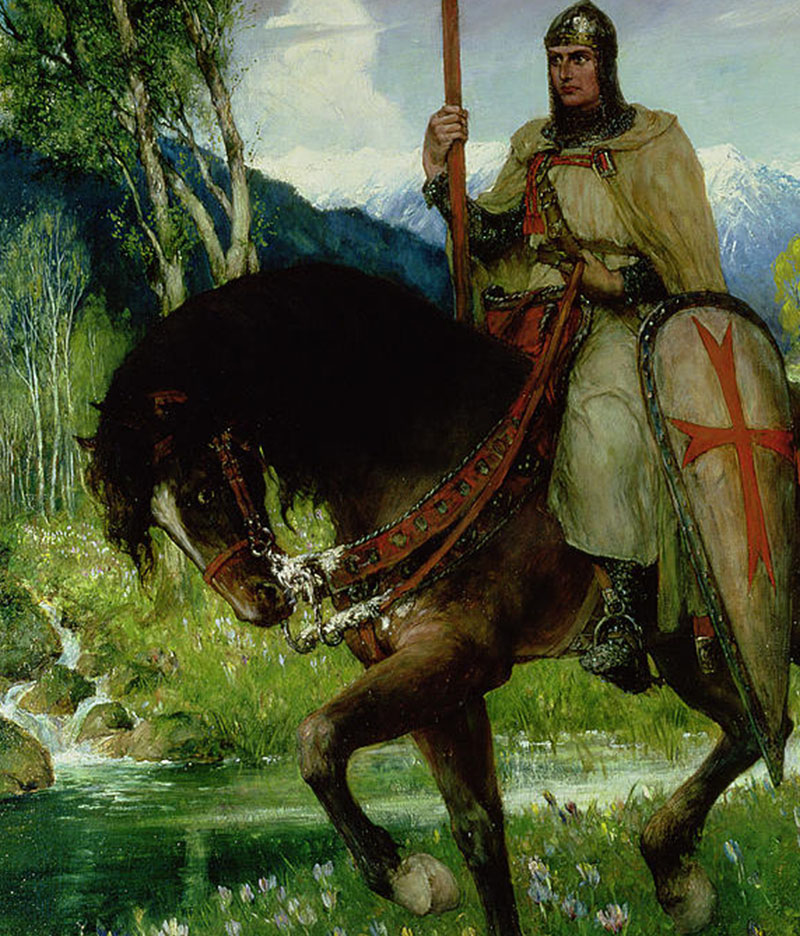
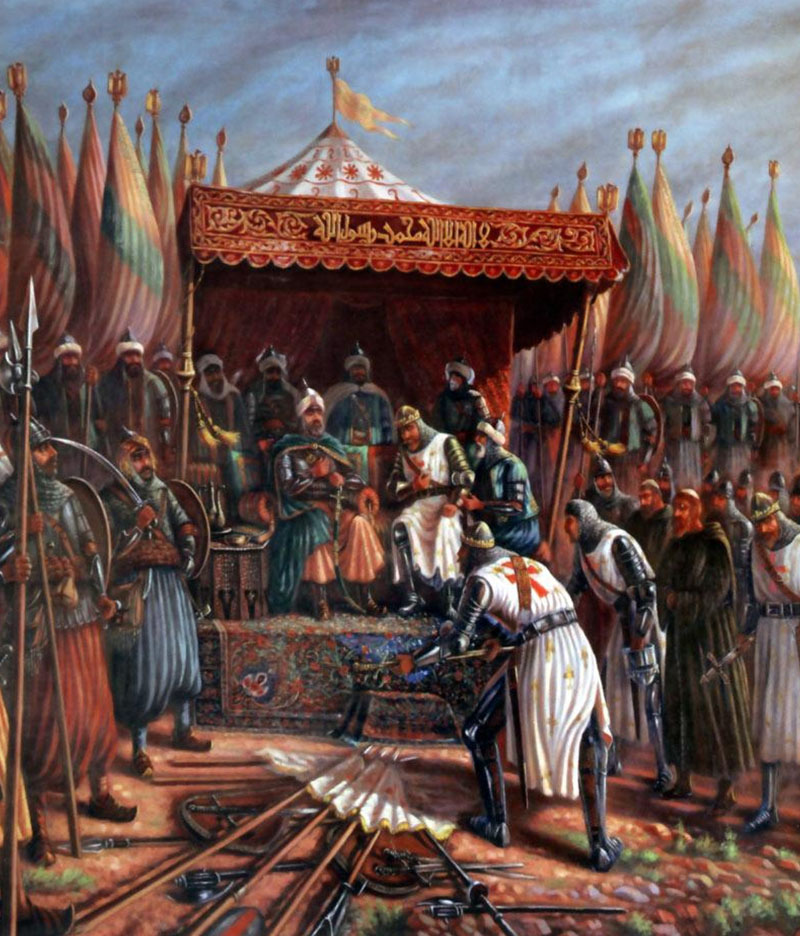
The history of the Abbey of San Giorgio is actually more intriguing than it may appear, since in 1300 the church and its fief – already belonging to the French monks of the Premonstratensians – passed under the jurisdiction of the Hospitaller Knights of Jerusalem.
That of the “Hospitallers” also called “Giovanniti” was a religious military order chivalrous, born in function of the crusades as formed by a minority of French milites who were dedicated to the defense of the holy places and other confreres who resided in preceptors, also known as commende (SALERNO MARIAROSA, TOOMASPOEG KRISTJAN, op. cit. pp. 271-274, formerly in AGOSTARO FRANCESCO, op. cit. p. 22).
The latter, above all, had an economic function, that of producing income in the form of taxes to be sent to the Holy Land in support of their activities. The Order of John, in fact, had as its main task to assist the “travelers of God”, sick or in need. To this end, a hospital was founded in Jerusalem dedicated to Saint John the Baptist; It was for this reason that the members of the Order also took the name of “Gerosolimitans and Hospitallers” (AGOSTARO FRANCESCO, op. cit., p. 22).
However, in 1373, the church of San Giorgio in Gratteri was in their possession, having an annual income of 2 ounces of gold (SALERNO MARIAROSA, TOOMASPOEG KRISTJAN, op. cit. pp. 271-274).
After a series of vicissitudes that involved Don Antonio Ventimiglia, Baron of Gratteri, the church was assigned for a short time to the Augustinians, but in 1414 the “grancia” San Giorgio in Gratteri returned to the Giovannites and was given in commenda to a certain Fra Giovanni Candino, along with that of Marsala (FODALE SALVATORE, op. cit. p. 328, already in AGOSTARO FRANCESCO, op. cit., 2019).
Until the beginning of the century. XIX the Abbey was always kept in the Commenda of the Sacred Gerosolomitana religion of the Knights of Malta and entrusted to religious and lay without scruples who had as their only interest that of the exploitation of its assets.
Later for an unknown reason, it was definitively abandoned (SCELSI ISIDORO, op. cit. p. 87). With the destruction of the monastery, one of the darkest and bloodiest chapters in the history of the Abbey of San Giorgio, that of the killing of those monks, considered by the people alchemists and guilty of having abused some women in the village, will close. From this moment on, another scenario will be set, which will see as protagonists the Knights of Malta who held it until the beginning of the nineteenth century.
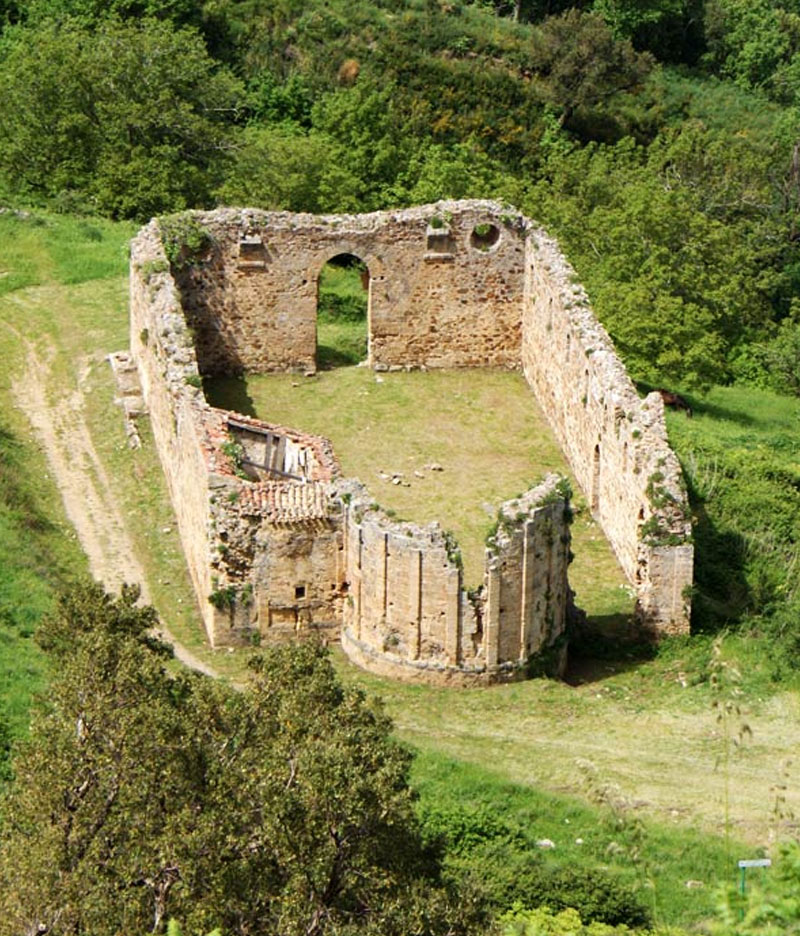
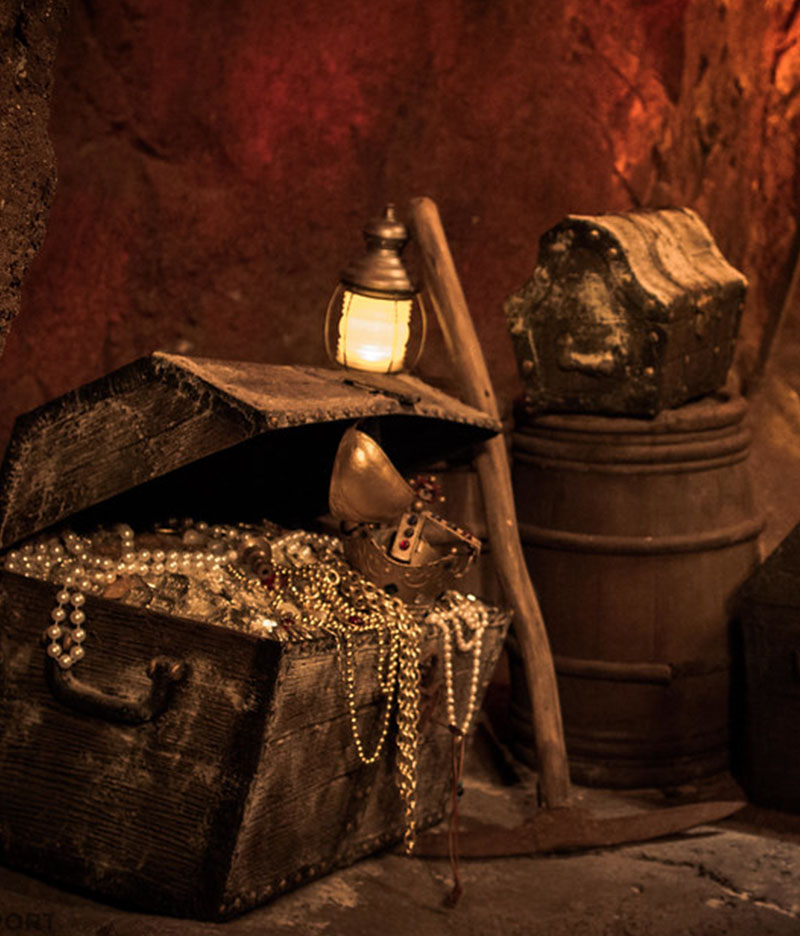
That of the Hospitallers (who for the possession of the Maltese archipelago were nicknamed Knights of Malta), is a compelling story that spans centuries, wars and nations; The charm of their enterprises has remained unchanged over time. Originally, it was a Benedictine hospitaller order but, in following the First Crusade, it became a Christian religious order of chivalry, entrusted with the care and defense of pilgrims, bound for the Holy Land.
Their robes were the Benedictine ones: black tunic and cloak with white cross with eight points, placed in the chest, at the heart. As for the hospitaller activity of the Order, it was inspired by the principles of welcoming the foreigner and the pilgrims beaten, after the long and difficult journey, carrying out hospitaller and welfare activities, according to the rule of the Benedictine fathers.
In the popular imagination, the figure of the Knights of Malta is linked to that
of the Templars – warrior monks whose heirs they were considered. Many legends have been born around this Order, to the point of being considered custodians of an ancient knowledge. Clues and arcane symbols handed down from generations feed the halo of mystery that surrounds them, as the legend of the Holy Grail, which alludes to the possession of an esoteric or initiatory knowledge, which on the one hand is freely bestowed by God.
But anyway, beyond the legendary aspect, was found a real legacy that left the Hospitallers in the small village madonita (See FRAGALE MARCO, Gratteri: the legend of the truvatura of Saint George between Premonstratensians and Knights of Malta in Esperonews of 03/12/2012) For example, thanks to the consultation of Riveli, ancient documents that are preserved at the State Archives of Palermo, we know that, as early as the century. XVI, was present in Gratteri just one hospitali – or a room used to welcome the poor and pilgrims – located near today’s Via Ospedale:
“Antonella di Angelo head of house reveals an existent house in this land and in the strata of the spitalj” (Archivio di Stato-Palermo, Riveli Tribunale Real Patrimonio, V. 1166, year 1584).
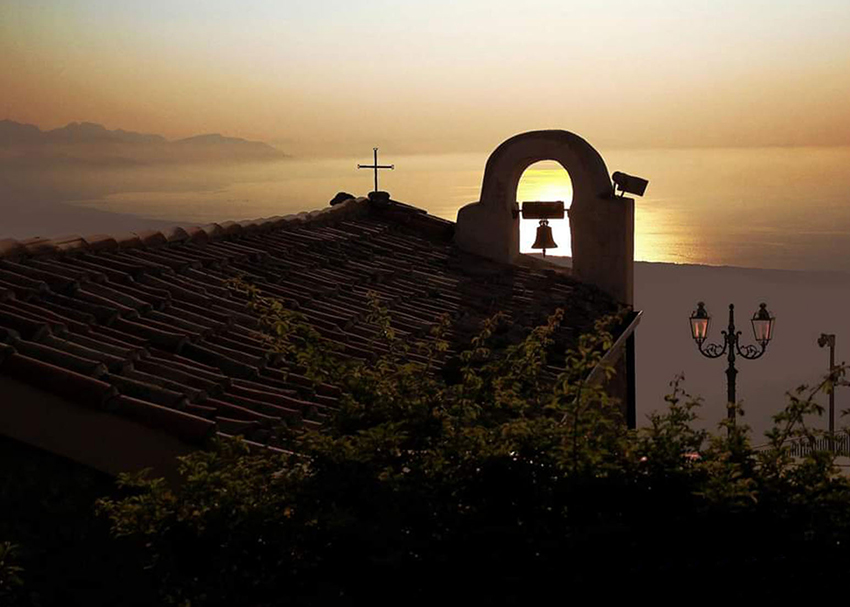
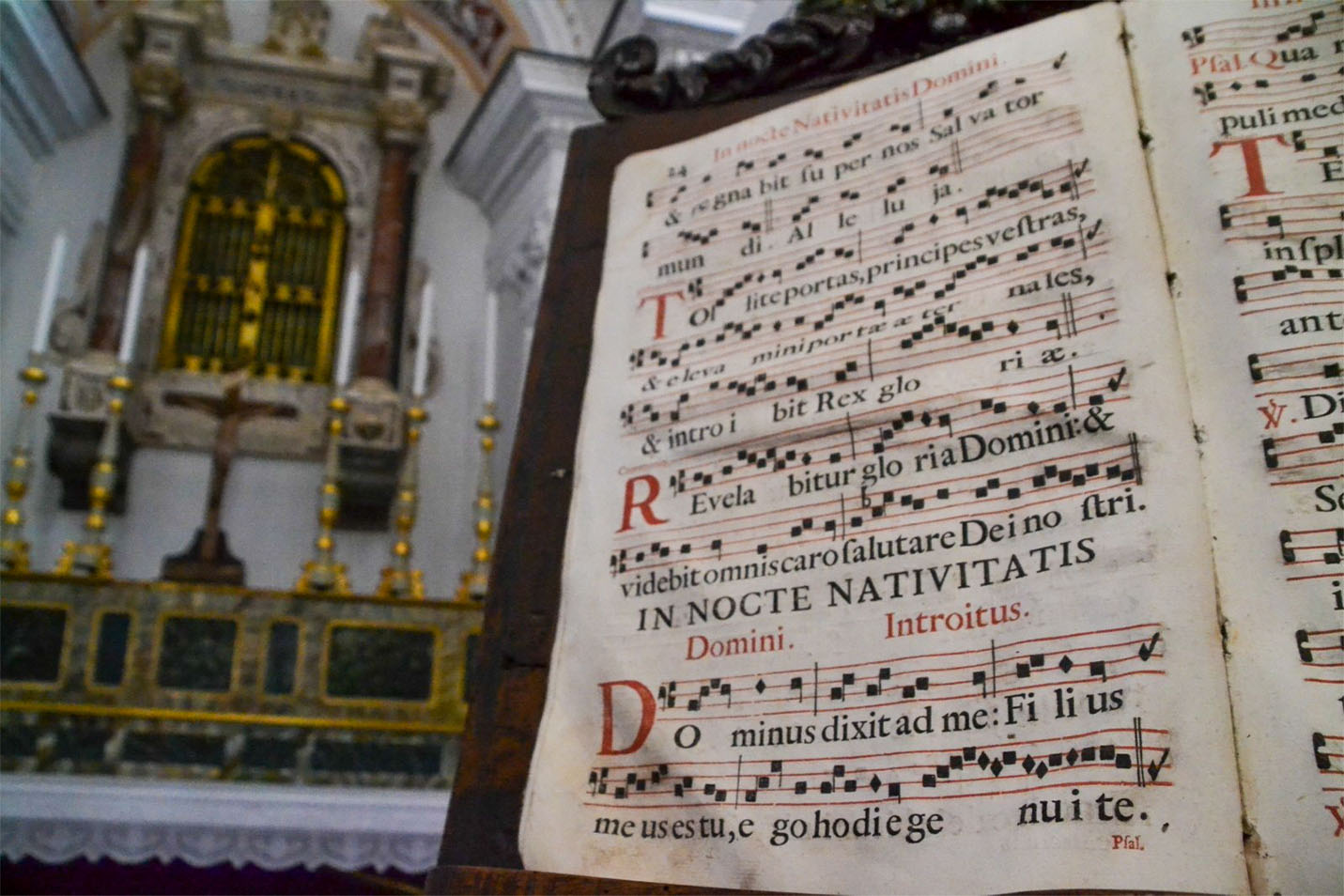
The job of hospital, would give rise to the surname Spitaleri, present in Gratteri in 1500 but now extinct:
“Antonino Spitaleri head of the house of 36 years, Leonora his muglieri, Venira his daughter, Fairy his daughter, Agata his daughter reveals an existent house in this land in the strata of the Saint bordering the house of master Petro Lyon and the house of Santo Varca” (Archivio di Stato-Palermo, Riveli Tribunale Real Patrimonio, V. 1166, year 1584).
Certainly it is well known that hospitality to the foreigner and the pilgrim was in the past particularly rooted in the grateful population. The same Ganci Battaglia for example – telling the legend of the pilgrim connected to the cult of the Holy Thorns – speaks of a house of the poor and pilgrims, located behind the clock district, that in ancient times the Commune used to give asylum to the unhappy and the homeless (GANCI BATTAGLIA GIUSEPPE. op. cit., p. 37).
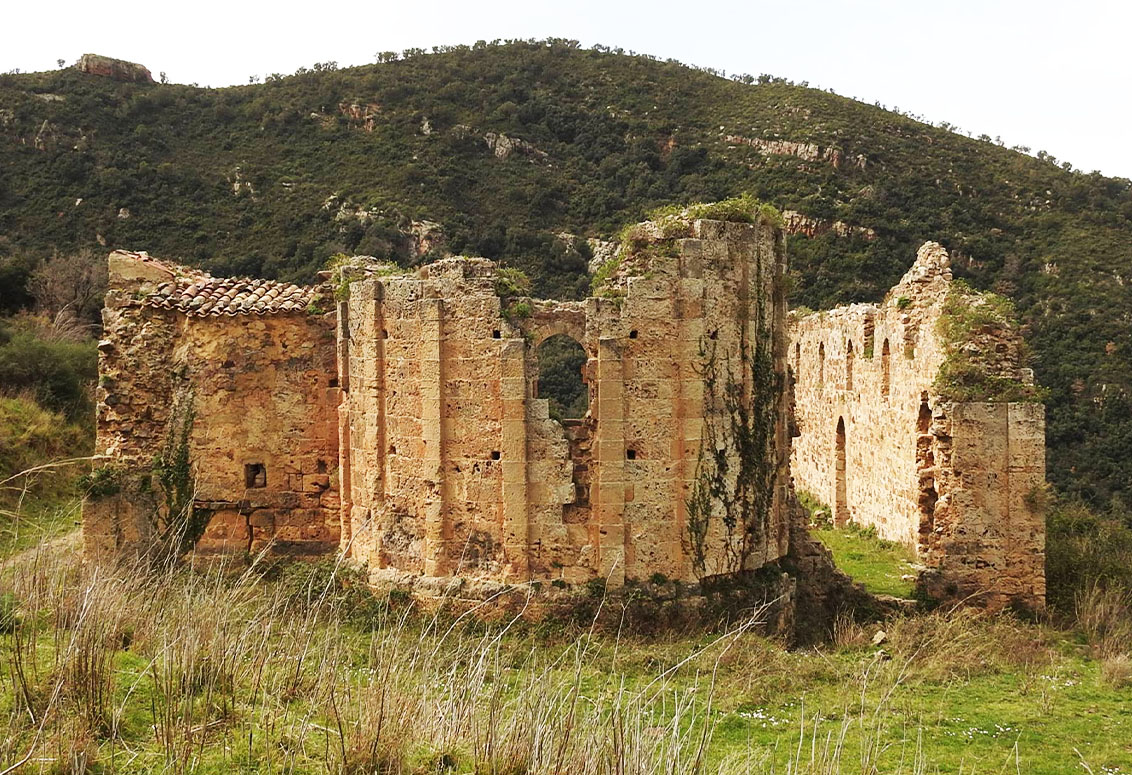
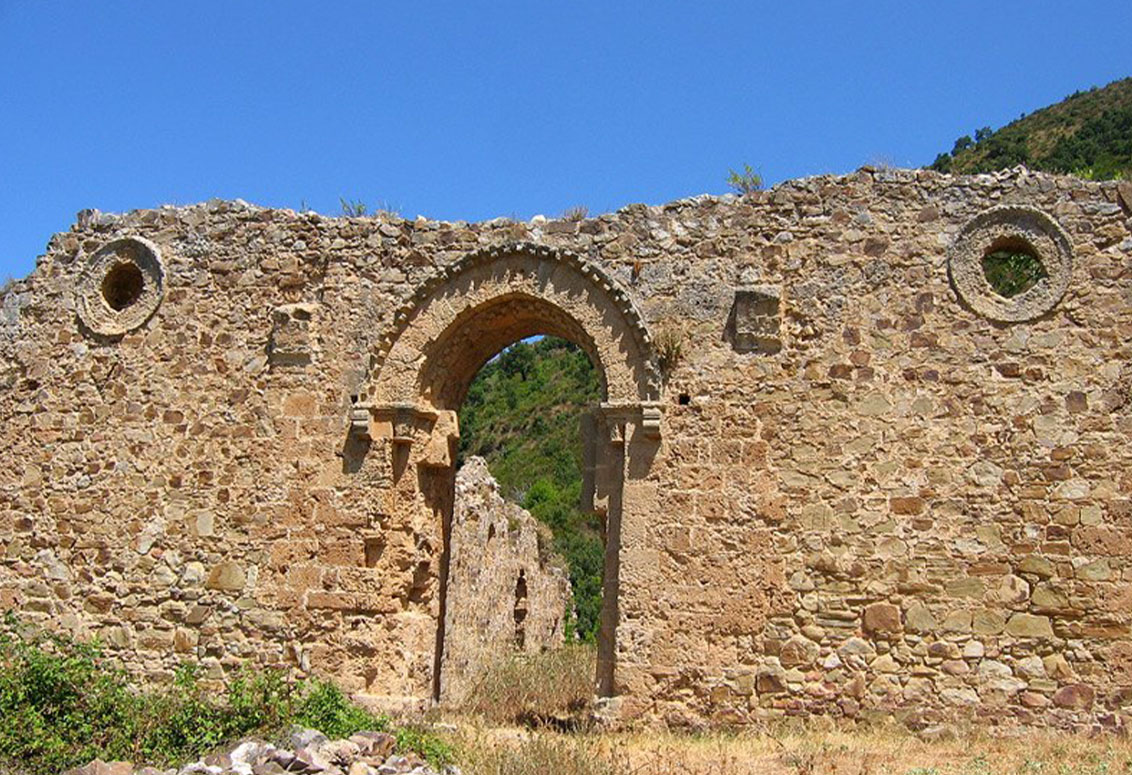
From the spiritual point of view, however, another significant legacy could be the cult of Saint John the Baptist, (Saint to which the Hospitallers were inspired) today in Gratteri almost completely disappeared, but in the past particularly nourished, so much so that the personal name John and Joan would be in the first place among the most used baptismal names at least until the seventeenth century.
From a Rivelo that makes the Rev. Sac. D Giuseppe Tamburello Procurator of the Venerable Church of St. Leonardo and Ven. Chapel of S. Maria delle Grazie inside said Church (today destroyed), we know that until 1748, he “paid to the R.do Clergy of Gratteri for mass sung, vespers and procession for the feast of the Glorious Saint John the Baptist on June 24, to solemnize the feast of the Glorious Saint that is with consumption of wax, dust and loghieri of apparatus and other for the price of 100 unzi” (ASP, Deputation of the Kingdom, V. 2946, year 1748).
Another significant onomastic occurrence in Gratteri could be deduced from the analysis of these ancient documents, starting in 1600. It is Nicasio, which could be traced back to the cult of San Nicasio Burgio, a knight of the Hospitaller Order of San Giovanni di Gerusalemme, later called the Order of Malta.
According to tradition, “Nicasio, born to a Saracen father and a Norman mother, together with his brother Ferrandino, became part of the Hospitaller Order of the Knights of Saint John of Jerusalem.
The two brothers vowed to remain in arms to defend the Christian territories of the Holy Land, to assist pilgrims, the sick and the afflicted. (Encyclopaedia of the Saints and Blesseds). His cult is particularly widespread in Sicily in the municipalities of Caccamo (where he was elected principal patron in the year 1625 following the end of two epidemics of plague), Burgio and Castelbuono.
Finally, a last legacy to be brought back to the Knights of Malta, could be precisely the cult of the Apostle James the Major (the Patron Saint of pilgrims), today Patron of the community gratterese. In this regard, the Jacopo scholar Giuseppe Arlotta observes: “the link between Sicily and Santiago di Campostela began in the twelfth century, as documented in the Liber Sancti Jacobi, the oldest text of the Compostellian pilgrimage. For the construction and management of the hospitals for
pilgrims who went to Galicia, arrived in Sicily knightly orders, such as the Templars, the Teutonics and the Hospitallers, better known as the Knights of Malta” (ARLOTTA GIUSEPPE, op. Cit., 11-15).
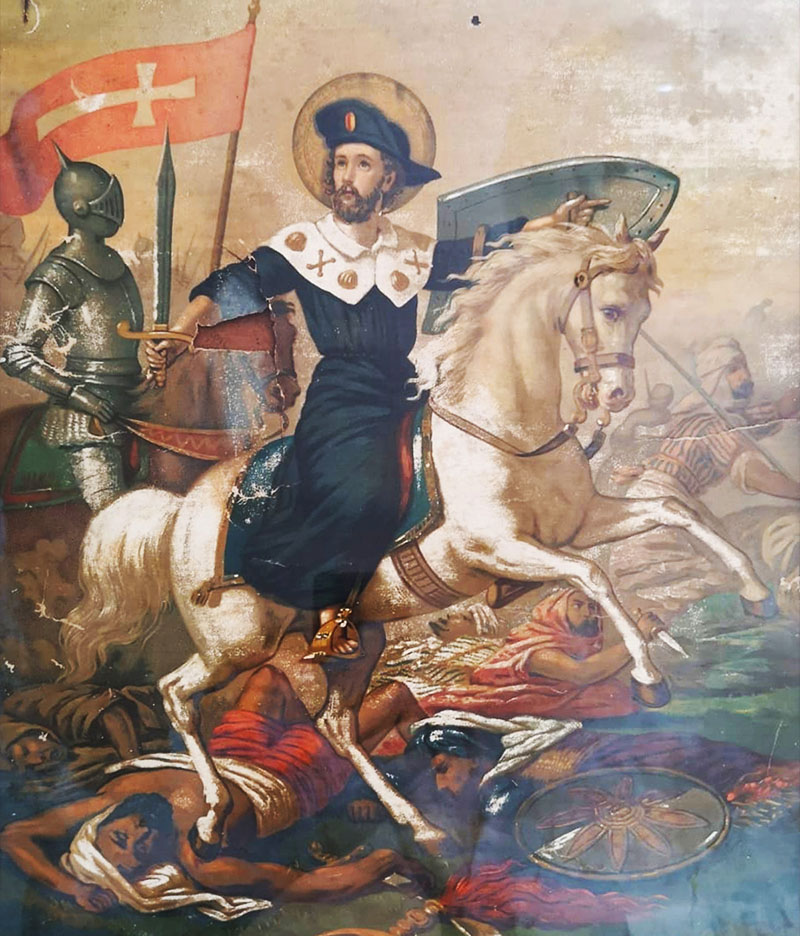
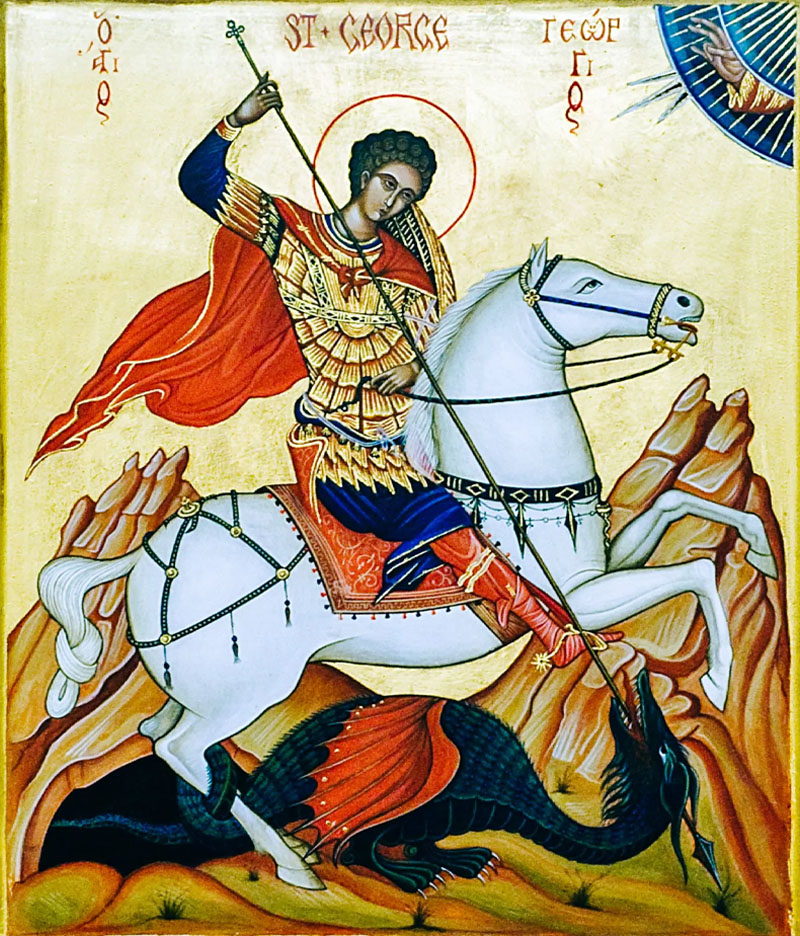
Marco Fragale
(University of Palermo)
Bibliography:
AGOSTARO FRANCESCO, San Giorgio in Gratteri. The intriguing story of a Norman monument – Ed. S.Marsala, Cefalù 2019.
BY FRANCESCA PINA, Gratteri, Palermo, Flaccovio, 2000.
FODALE SALVATORE, Religious power and temporal power in Cefalù in the Middle
Ages: Proceedings of the international conference, Cefalù 7-8 April 1984″, STASS Palermo 1985.
FRAGALE MARCO, Gratteri: the legend of the truvatura of Saint George between
Premonstratensians and Knights of Malta in Esperonews 03/12/2012.
GANCI BATTAGLIA GIUSEPPE, Historical and traditional notes of the Municipality of Gratteri – Ed. La Trazzera Palermo 1930.
SALERNO MARIAROSA, TOOMASPOEG KRISTJAN. The pontifical inquiry of 1373 on the Hospitals of St. John of Jerusalem in southern Italy, M. Adda, Bari 2008.
SCELSI ISIDORO, Gratteri. History, culture and traditions, Palermo 1981, Rist. Tip. Valenziano, 2008.


